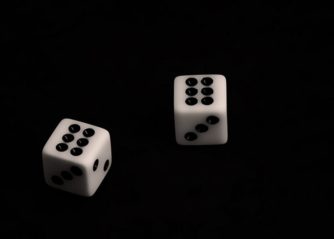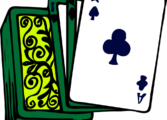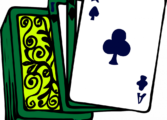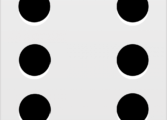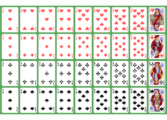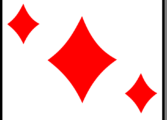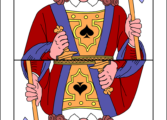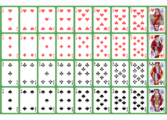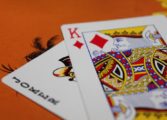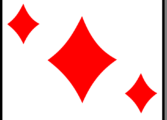Counting cards in blackjack is a popular strategy used by skilled players to gain an advantage over the casino
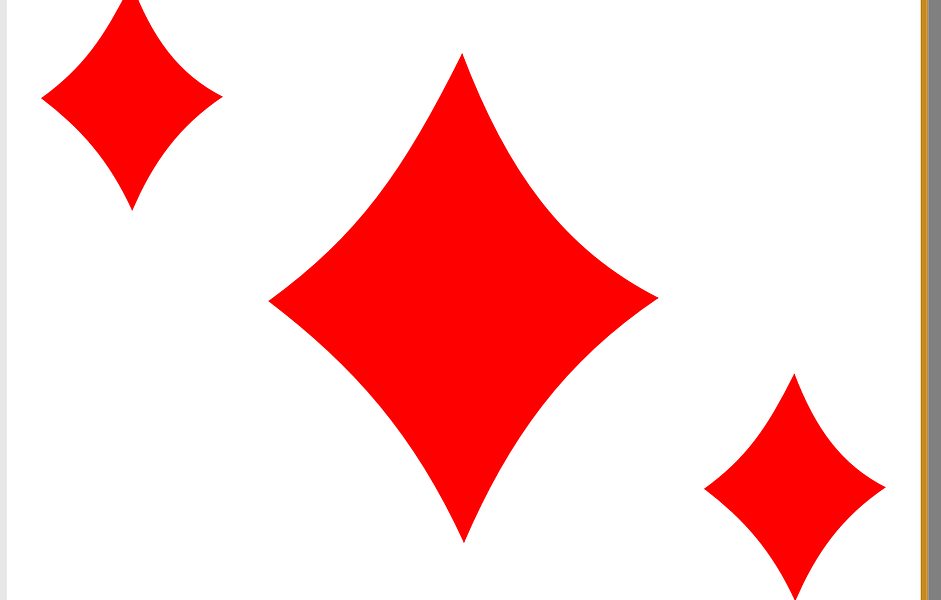
If you’re interested in casino games, it’s important to understand the intricacies of this technique. In this comprehensive article, we will provide an in-depth analysis of counting cards in blackjack, including its significance and historical evolution.
Presentation of Counting Cards in Blackjack:
Counting cards in blackjack is a strategy used to track the ratio of high to low-value cards in a deck or shoe. By keeping a mental tally, players can determine when the deck is favorable for the player or the dealer. This technique can significantly increase the chances of winning for skilled players.
Understanding the Basics:
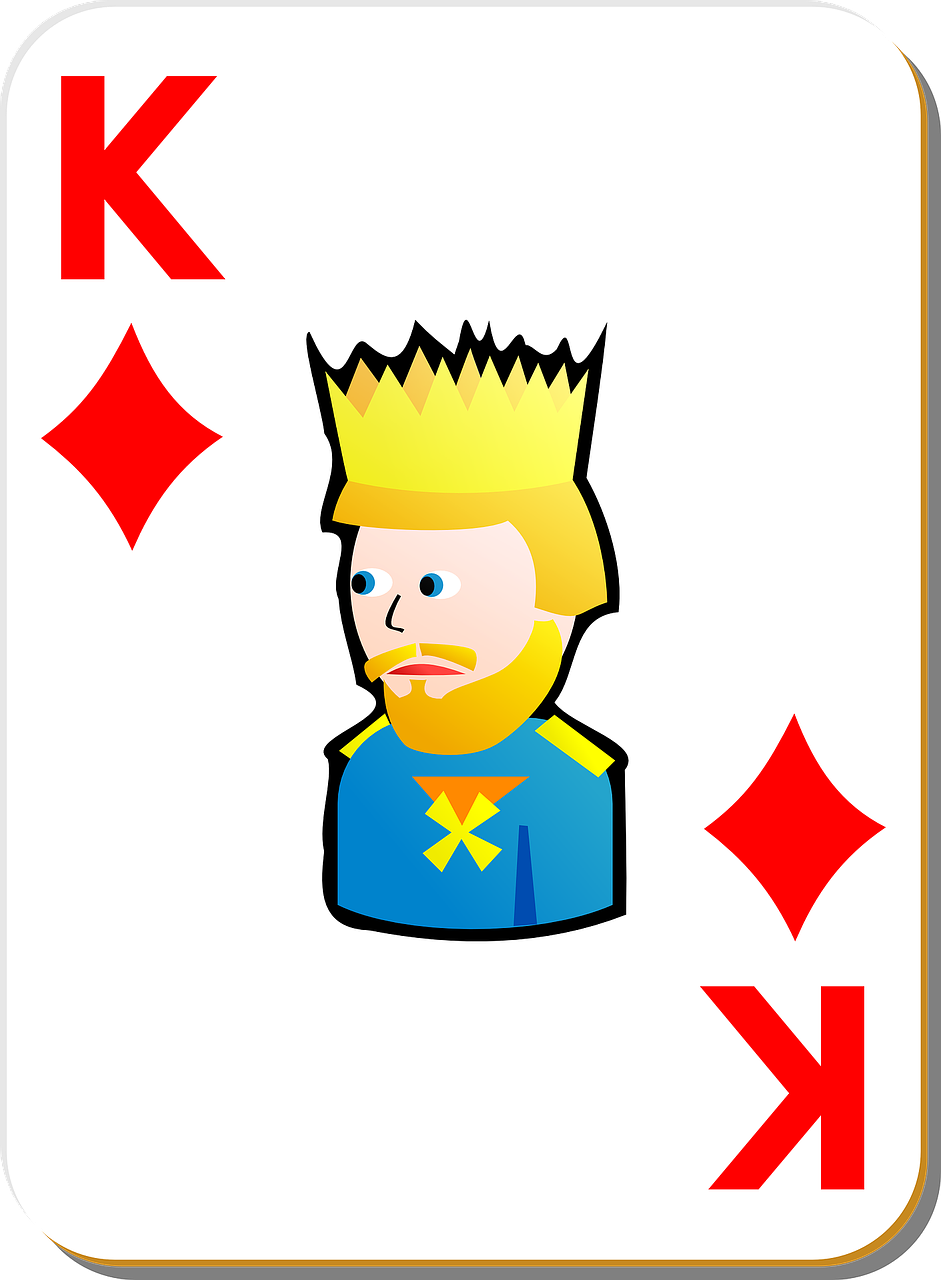
To grasp the concept of counting cards, it’s essential to know the values assigned to each card. In blackjack, the numbered cards from 2 to 10 hold their face value. Face cards, such as Jack, Queen, and King, are worth 10 points each, while the Ace can be counted as either 1 or 11. The goal is to reach a hand value as close to 21 as possible without exceeding it.
How Counting Cards in Blackjack Works:
Counting cards is based on the principle that when there is a higher proportion of high-value cards remaining in the deck, the player has a better chance of being dealt a winning hand. Thus, players can adjust their bets accordingly to capitalize on the favorable situations. By assigning specific values to different cards and keeping a running count, players can estimate the overall card composition.
The Hi-Lo System:
One popular card counting system is the Hi-Lo system. In this method, each card is assigned a value. Cards 2 to 6 have a value of +1, 7 to 9 have a value of 0, and 10 to Ace have a value of -1. Players keep a running count as each card is dealt and adjust their bets accordingly. A positive count indicates more high-value cards remaining, favoring the player, while a negative count means more low-value cards remain, favoring the dealer.
History of Counting Cards in Blackjack:
The origins of card counting in blackjack can be traced back to the 1960s when mathematician Edward O. Thorp published his groundbreaking book, “Beat the Dealer.” Thorp’s research provided a mathematical foundation for card counting, revolutionizing the game of blackjack. This influential work paved the way for subsequent developments in card counting techniques.
Evolution of Card Counting Strategies:
Over the years, various card counting strategies emerged, aiming to maximize player odds. The Hi-Lo system introduced by Thorp is widely used due to its simplicity and effectiveness. Other popular techniques include the KO system, the Hi-Opt I and II systems, and the Zen Count. Each strategy has its own intricacies and requires different levels of skill and practice.
[INSERT VIDEO HERE]
Featured Snippet:
To enhance the chances of this article becoming a featured snippet in a Google search, we have organized the key points of the discussion below:
– Counting cards in blackjack is a strategy to gain an advantage over the casino.
– The technique involves tracking the ratio of high to low-value cards in the deck.
– Skilled players adjust their bets based on the favorable card composition.
– The Hi-Lo system is a popular card counting technique using assigned values.
– Card counting in blackjack was popularized by Edward O. Thorp’s book “Beat the Dealer.”
– Other card counting strategies include the KO system and the Zen Count.
Conclusion:
Counting cards in blackjack is a fascinating technique that has revolutionized the game and provided skilled players with a way to increase their odds. Understanding the basics of card counting, its historical significance, and the evolution of different strategies can help you appreciate the skill and complexity involved. However, it’s important to note that card counting is not illegal but is often frowned upon by casinos. Therefore, proceed with caution and always adhere to the rules and regulations set by the casino.

